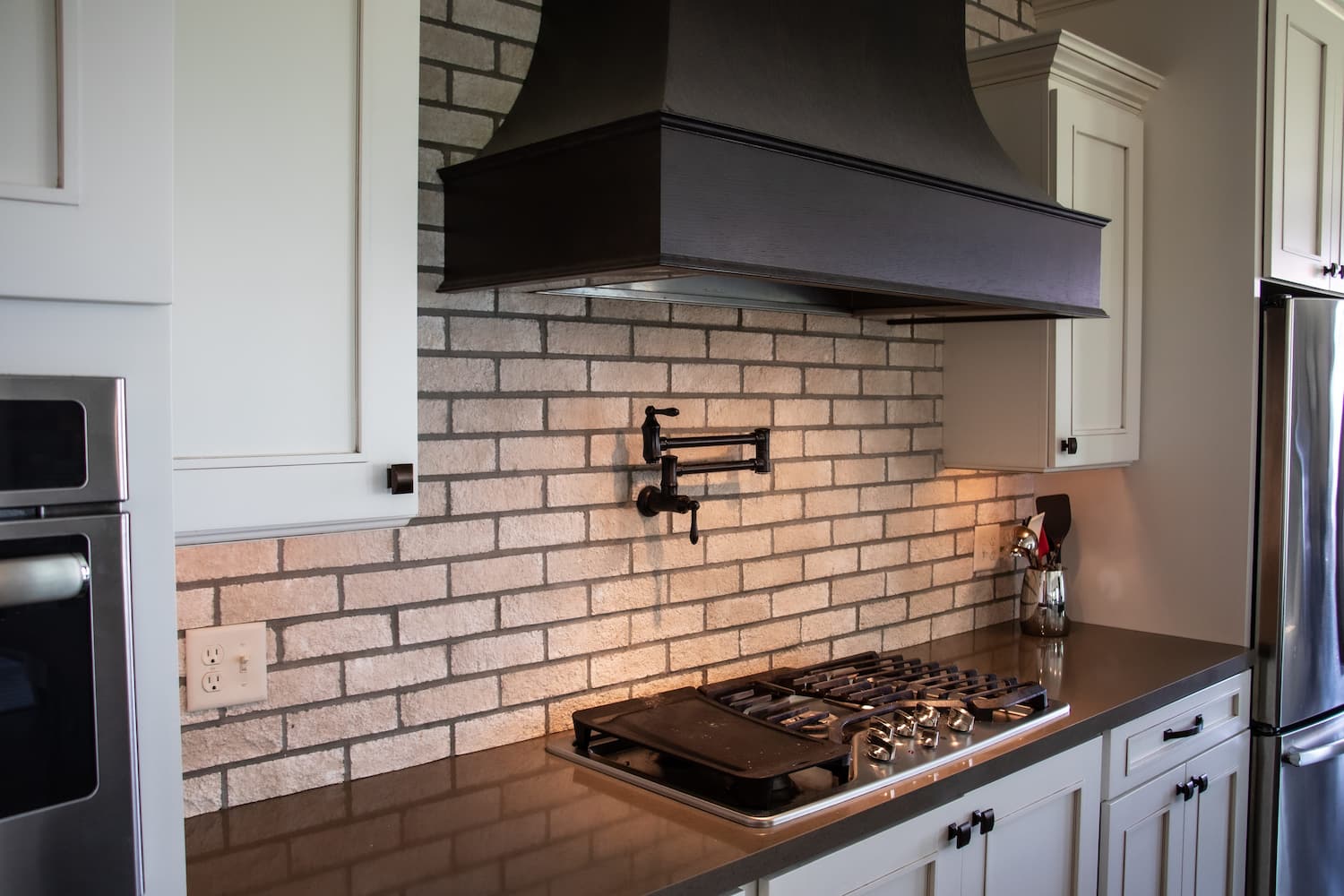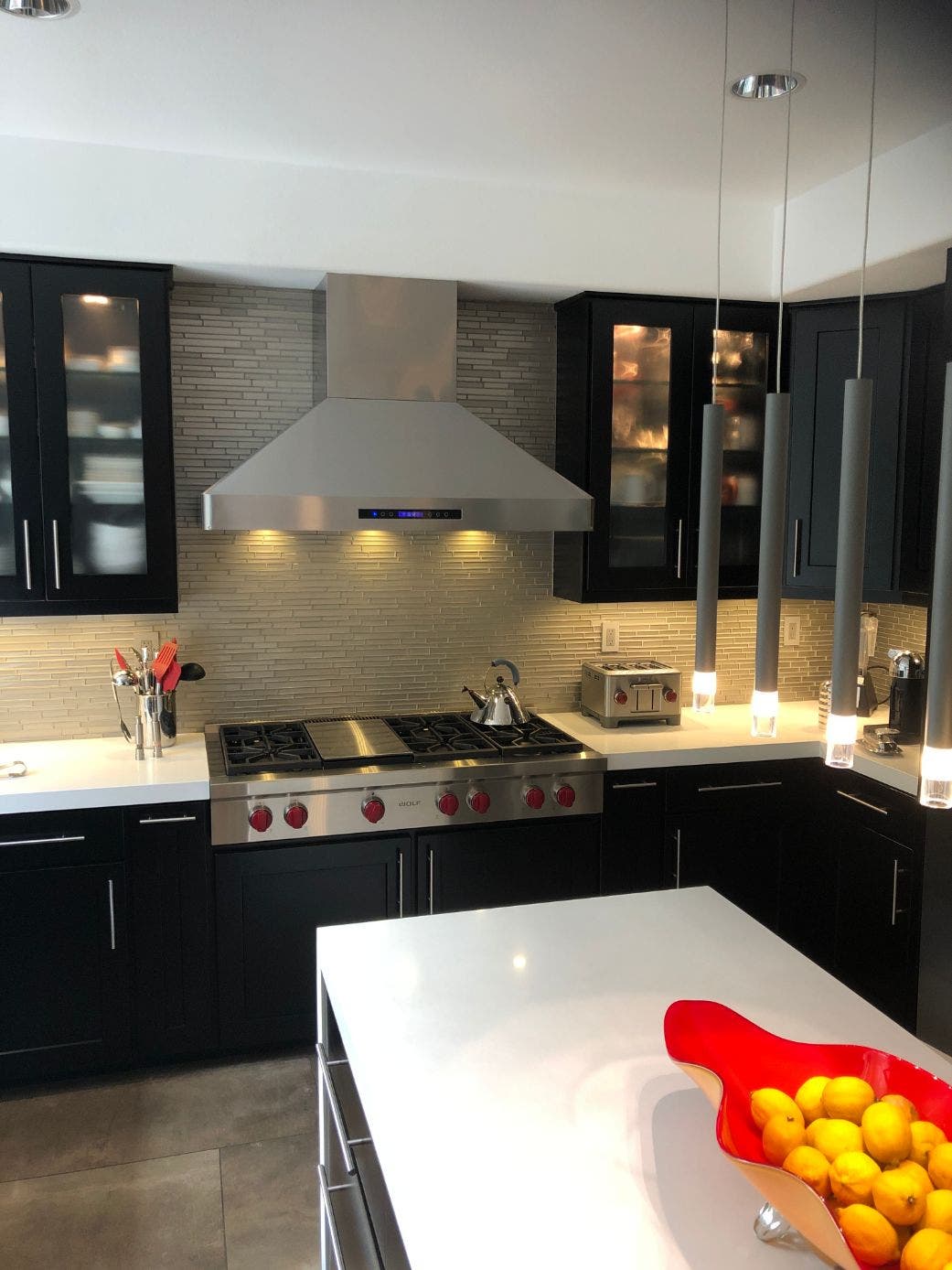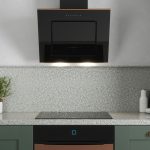Introduction
Choosing the optimal height for your range hood above a gas stove is crucial for ensuring both safety and efficiency in your kitchen. A range hood, also known as a vent hood or extractor hood, plays a vital role in removing smoke, grease, odors, and airborne particles generated during cooking. Installing it at the correct height above your gas stove not only enhances its effectiveness in capturing pollutants but also minimizes the risk of fire hazards. Let’s explore in detail why the height matters and how to determine the ideal placement for your range hood.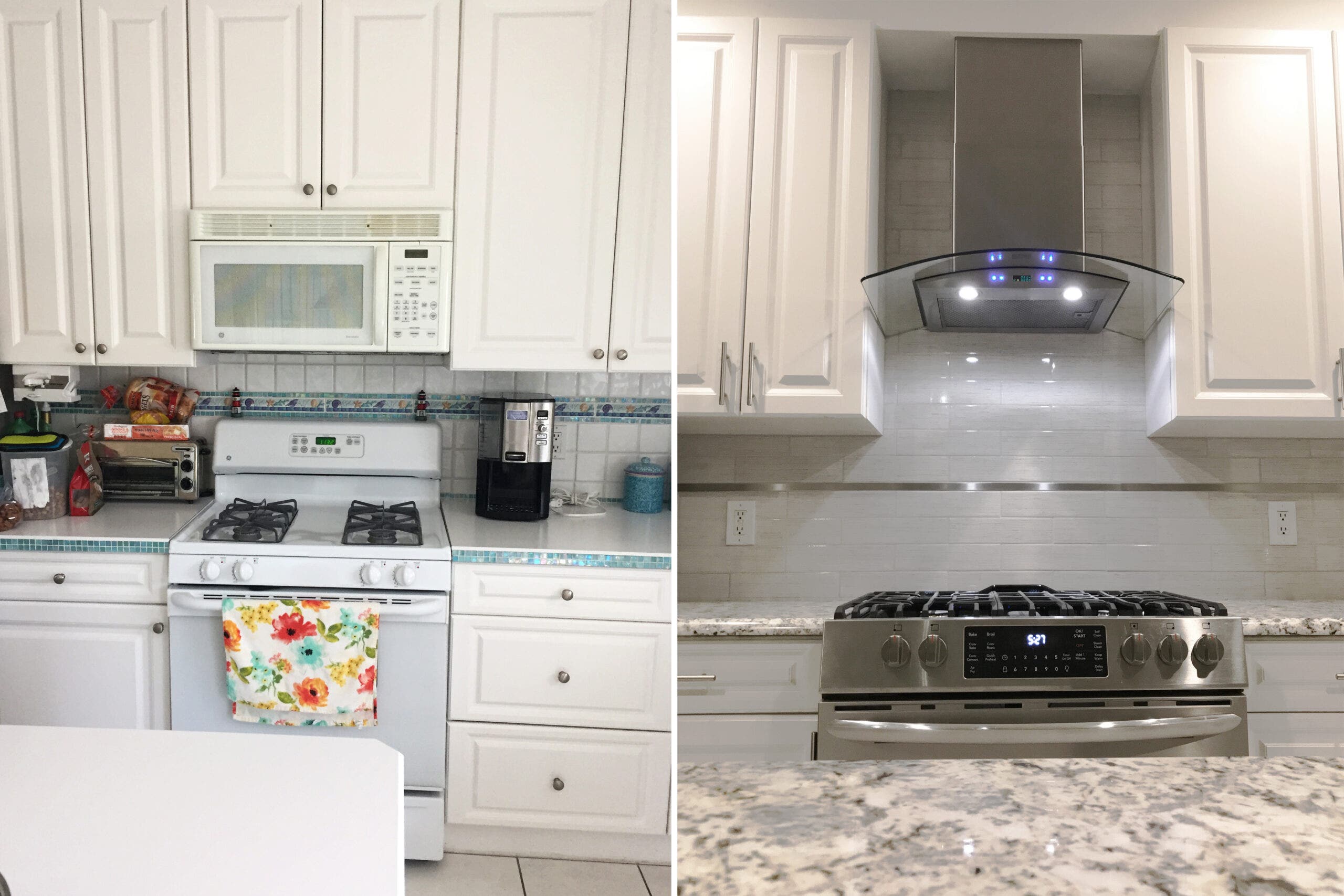
Importance of Height:
The height of your range hood above your gas stove directly impacts its performance and safety for several reasons:
- Capture Efficiency: Placing the range hood at the appropriate height ensures that it effectively captures cooking byproducts such as steam, smoke, grease, and airborne particles. If the hood is too high, it may miss capturing these pollutants, leading to poor indoor air quality and potential health hazards.
- Fire Safety: Gas stoves produce open flames and heat during cooking, increasing the risk of fire accidents. Positioning the range hood at the correct height helps prevent the accumulation of flammable substances and reduces the likelihood of grease fires or other kitchen-related mishaps.
- Ventilation Effectiveness: Proper placement of the range hood ensures efficient ventilation by allowing it to draw in contaminated air and exhaust it outside the kitchen. This helps maintain a clean and comfortable cooking environment while preventing the buildup of moisture and cooking odors.
Determining the Optimal Height:
The optimal height for your range hood above a gas stove depends on various factors, including the hood’s design, your kitchen layout, and local building codes. However, a commonly recommended guideline is to position the bottom of the hood between 24 to 30 inches above the cooking surface.
Here’s how you can determine the ideal height for your range hood:
- Refer to Manufacturer Guidelines: Check the manufacturer’s instructions or specifications for your range hood model. It may provide specific recommendations regarding installation height and clearance requirements.
- Consider Local Building Codes: Familiarize yourself with local building codes and regulations governing range hood installation. These codes may stipulate minimum and maximum height requirements to ensure compliance with safety standards.
- Account for Gas Stove Features: Take into account any protruding features or accessories on your gas stove, such as burner grates, knobs, or handles. The range hood should be positioned high enough to provide adequate clearance and avoid obstruction.
- Factor in Cooking Habits: Evaluate your cooking habits and the types of dishes you frequently prepare. If you often cook with high heat or generate significant amounts of steam and grease, you may prefer to install the range hood slightly lower for better capture efficiency.
- Consult a Professional: If you’re uncertain about the optimal height or encounter any challenges during installation, consider consulting a licensed contractor or professional installer. They can offer expert advice and ensure proper placement based on your specific kitchen setup.
Additional Considerations:
In addition to height, here are some additional considerations to optimize the performance and safety of your range hood:
- Choose the Right Size: Select a range hood that matches the size and capacity of your gas stove. A hood that is too small may struggle to effectively capture cooking emissions, while an oversized hood may lead to excessive energy consumption and noise.
- Proper Ventilation Ducting: Ensure that the range hood is connected to a suitable ducting system that vents exhaust air outside the home. Use smooth, rigid ducts with minimal bends and obstructions to maximize airflow and prevent the accumulation of grease and debris.
- Regular Maintenance: Maintain your range hood regularly by cleaning or replacing the filters as recommended by the manufacturer. Clean filters ensure optimal airflow and filtration efficiency, prolonging the lifespan of your hood and reducing the risk of malfunctions.
- Test Performance: After installing the range hood, perform a smoke test to verify its effectiveness in capturing cooking emissions. Light a small piece of paper or a match near the stove and observe how quickly the hood removes the smoke. Adjust the height or positioning if necessary to achieve satisfactory results.
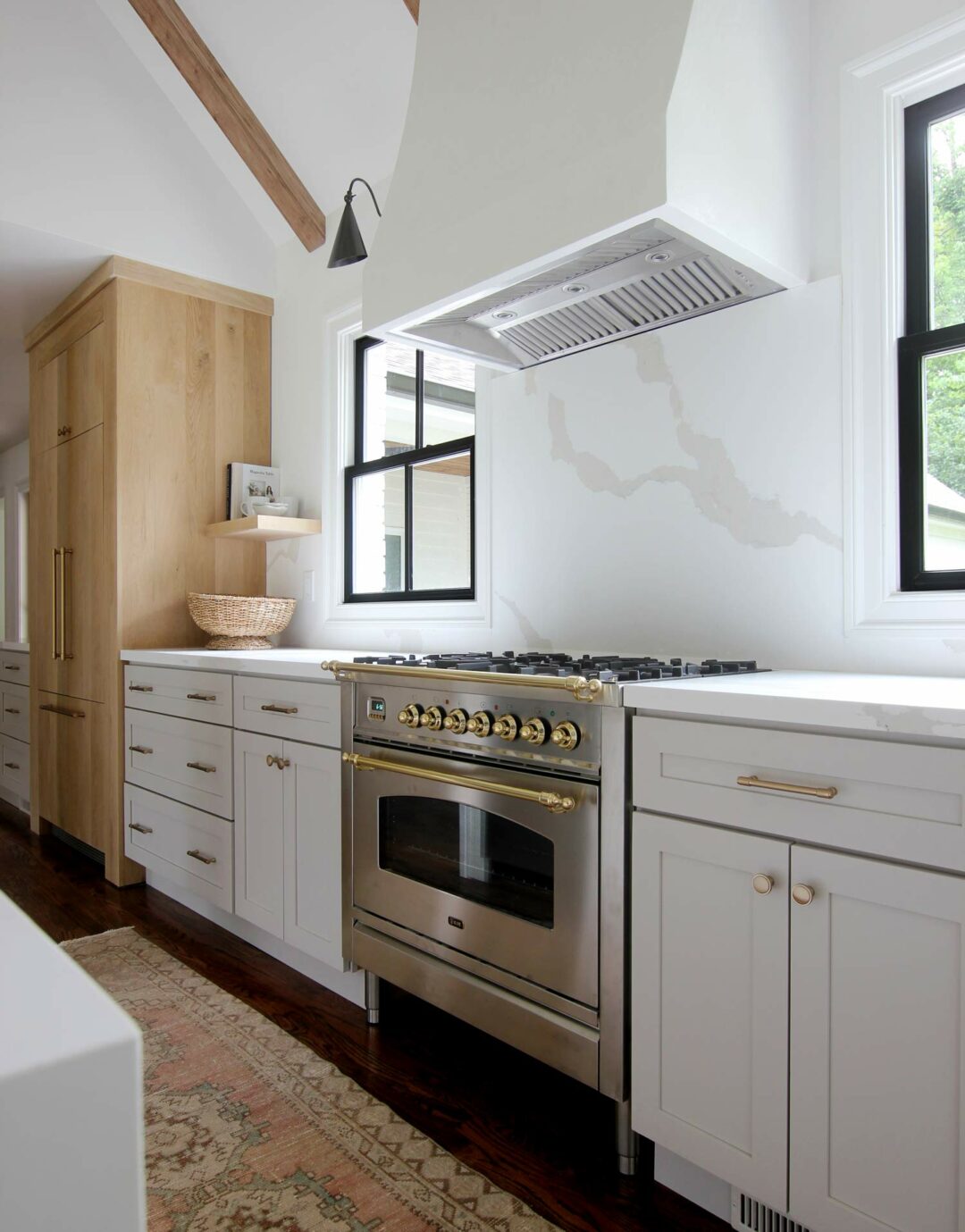
Noise Level:
Choose a range hood with a noise level that suits your preferences and kitchen environment. Consider features such as sound insulation, variable fan speeds, and quiet operation modes to minimize noise disturbance while cooking.
Lighting:
Many range hoods come equipped with built-in lights to illuminate the cooking area below. Ensure that the lighting is adequate for your needs and complements your kitchen’s overall lighting scheme. LED lights are energy-efficient and provide bright, even illumination.
Downdraft Ventilation:
In some kitchen layouts, downdraft ventilation systems may be more suitable than traditional overhead range hoods. These systems are installed directly into the countertop or cooking surface and draw cooking fumes downward, eliminating the need for a visible hood above the stove.
Adjustable Height:
Opt for a range hood with adjustable height settings if you anticipate changes in your kitchen setup or cooking equipment. Adjustable hoods allow you to fine-tune the positioning for optimal performance and flexibility.
Remote Control and Smart Features:
Consider range hood models with remote control or smart features that enable convenient operation and monitoring. Smart hoods can be controlled via mobile apps, voice commands, or home automation systems, offering enhanced convenience and control over ventilation settings.
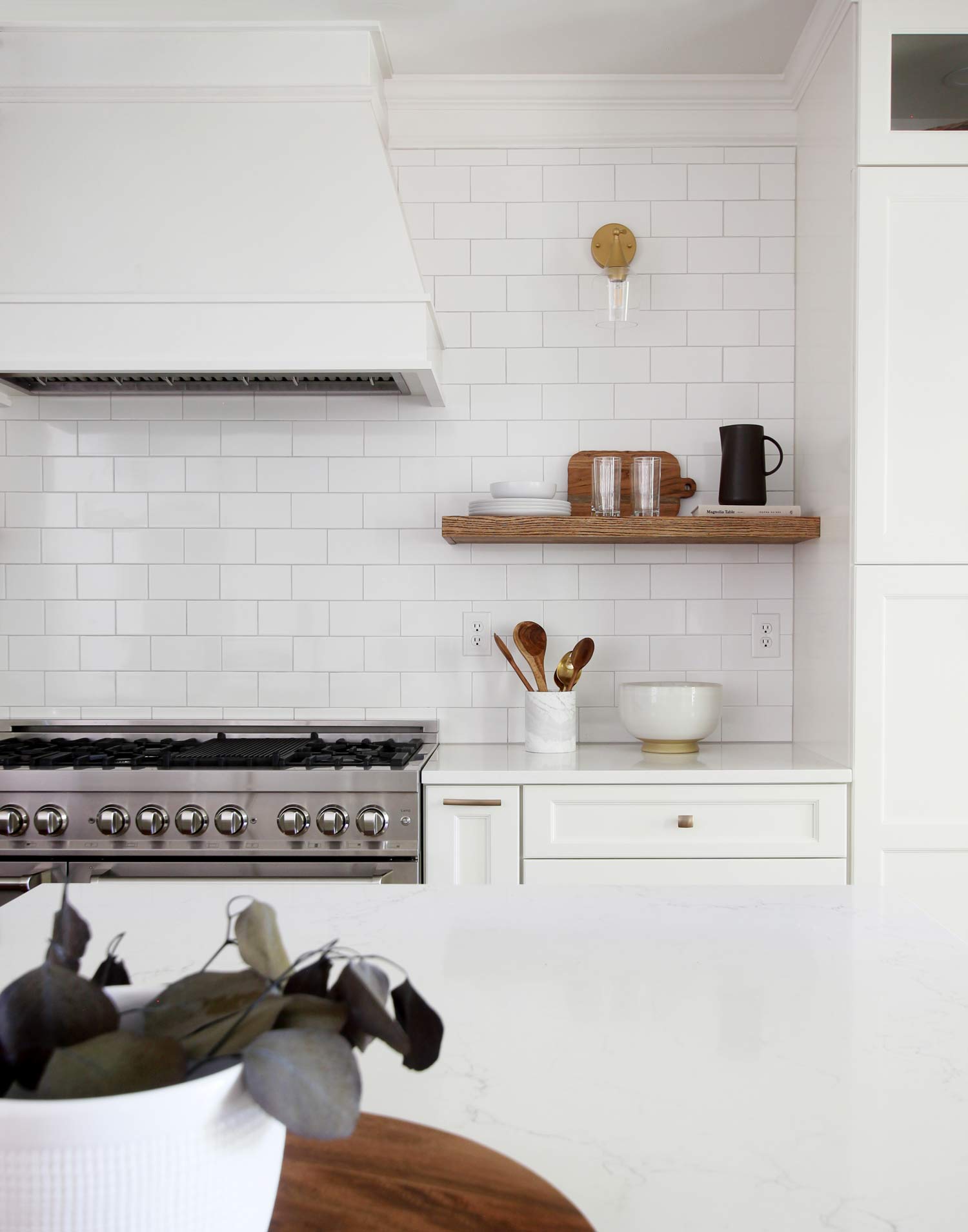
Carbon Monoxide Detection:
Install a carbon monoxide detector in your kitchen or adjacent areas to alert you to any buildup of this odorless, colorless gas, which can be produced by gas stoves and other combustion appliances. Regularly test and replace the detector’s batteries as needed for reliable operation.
Professional Installation:
If you’re unsure about installing the range hood yourself or if it involves complex ductwork or electrical connections, hire a qualified professional for installation. Professional installers have the expertise and tools to ensure safe and proper placement of the hood, as well as compliance with building codes and regulations.
Energy Efficiency:
Look for ENERGY STAR-certified range hoods, which are designed to meet strict energy efficiency guidelines and consume less energy than conventional models. Energy-efficient hoods can help reduce your household’s energy consumption and utility costs over time.
Aesthetics:
Consider the aesthetic appeal of the range hood and how it complements your kitchen decor and style. Choose a design, finish, and mounting option that enhance the visual appeal of your kitchen while providing functional benefits.
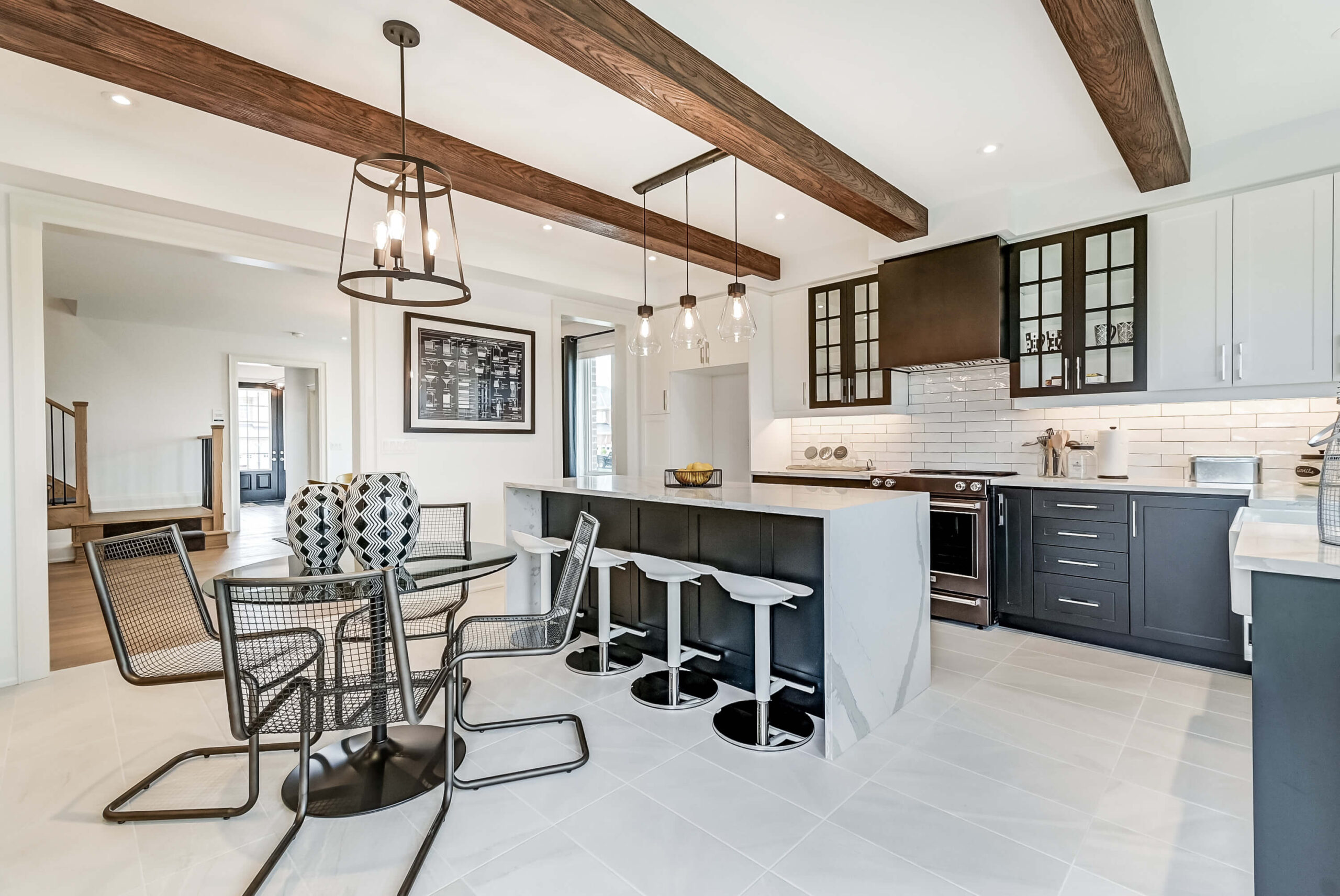
Conclusion
By carefully considering the factors mentioned above and following best practices for range hood above a gas stove installation, you can ensure that your kitchen remains safe, clean, and comfortable during cooking activities. Remember that proper placement and maintenance of the range hood are essential for maximizing its performance and longevity, ultimately enhancing your overall cooking experience.